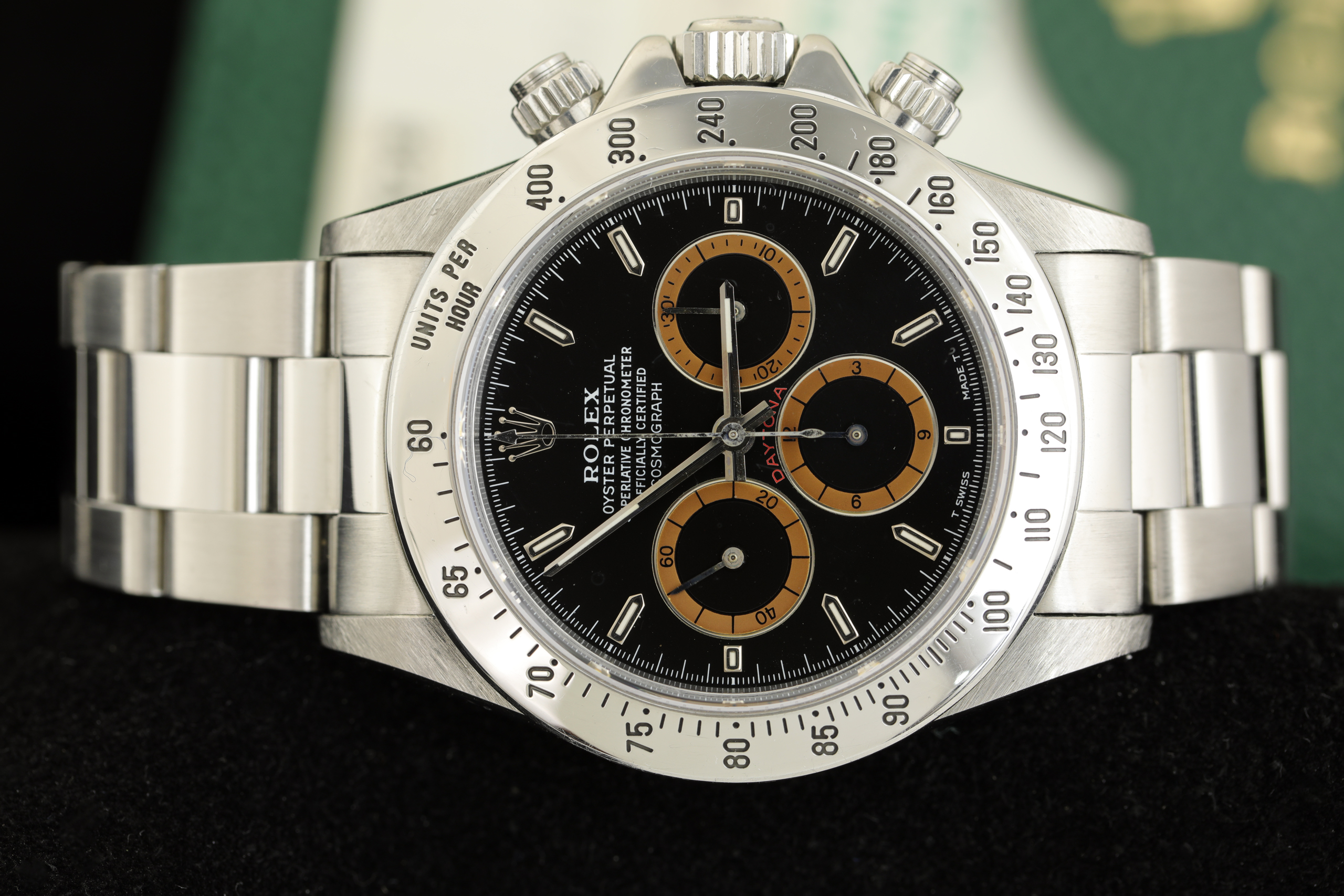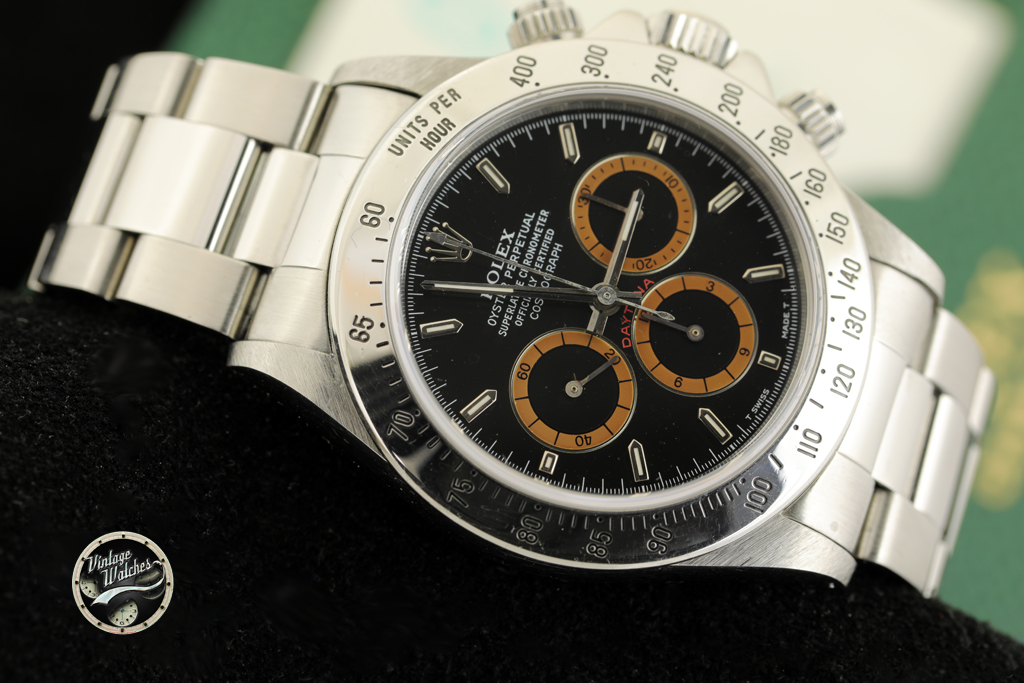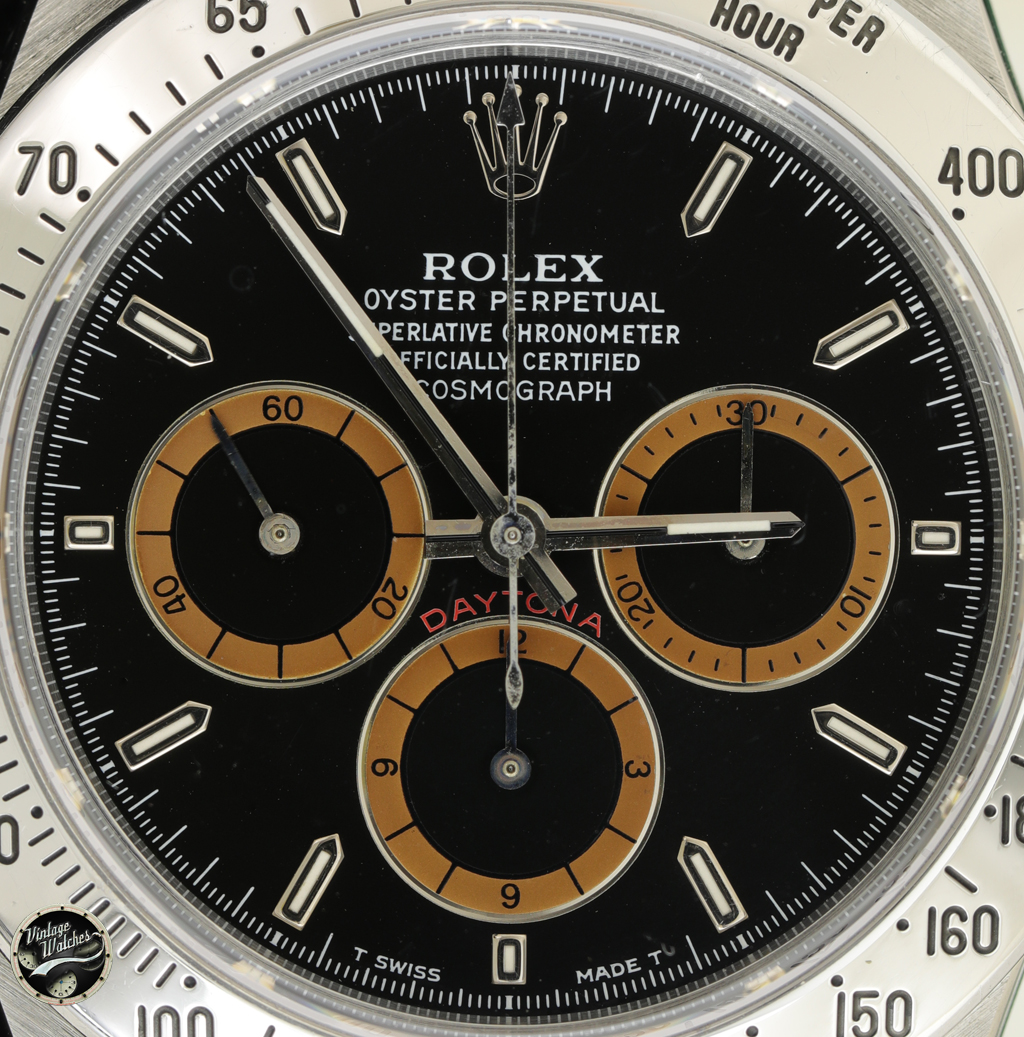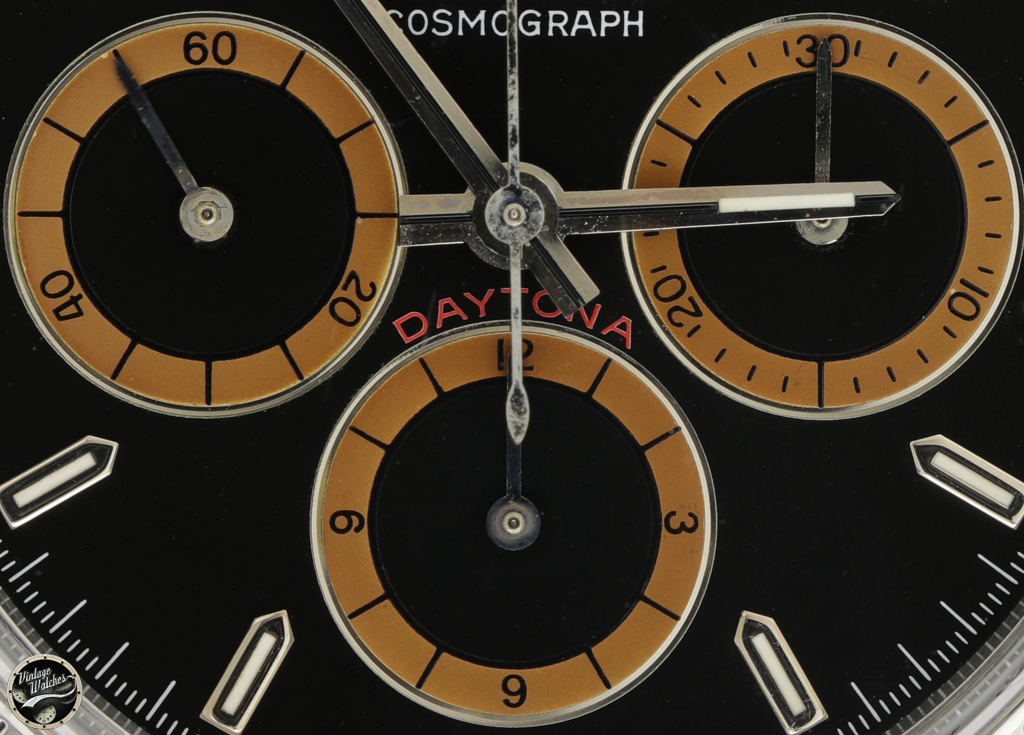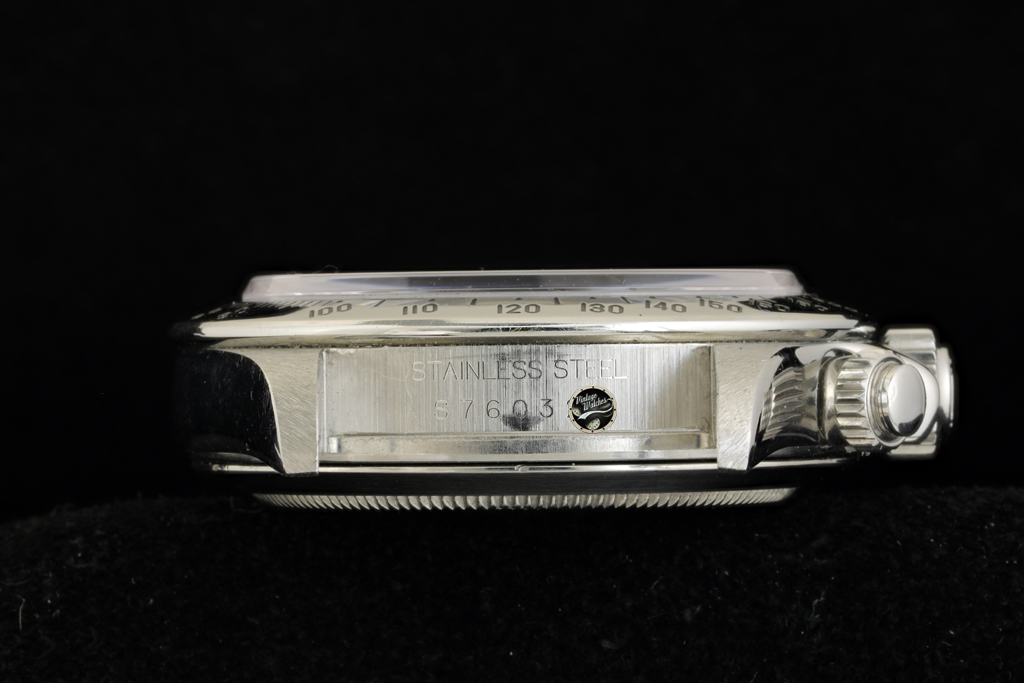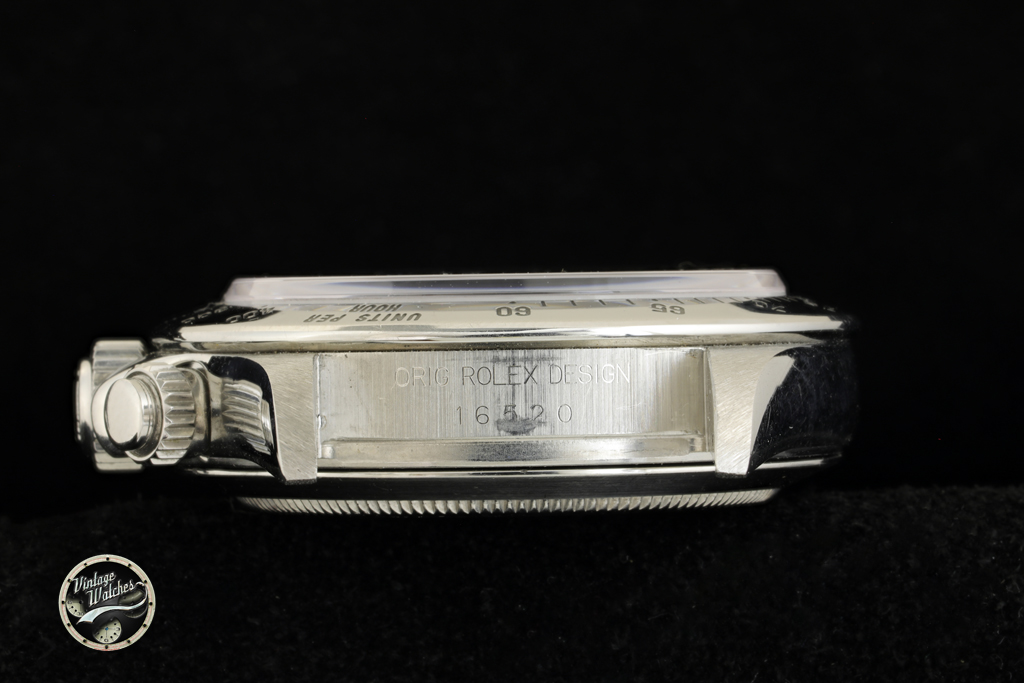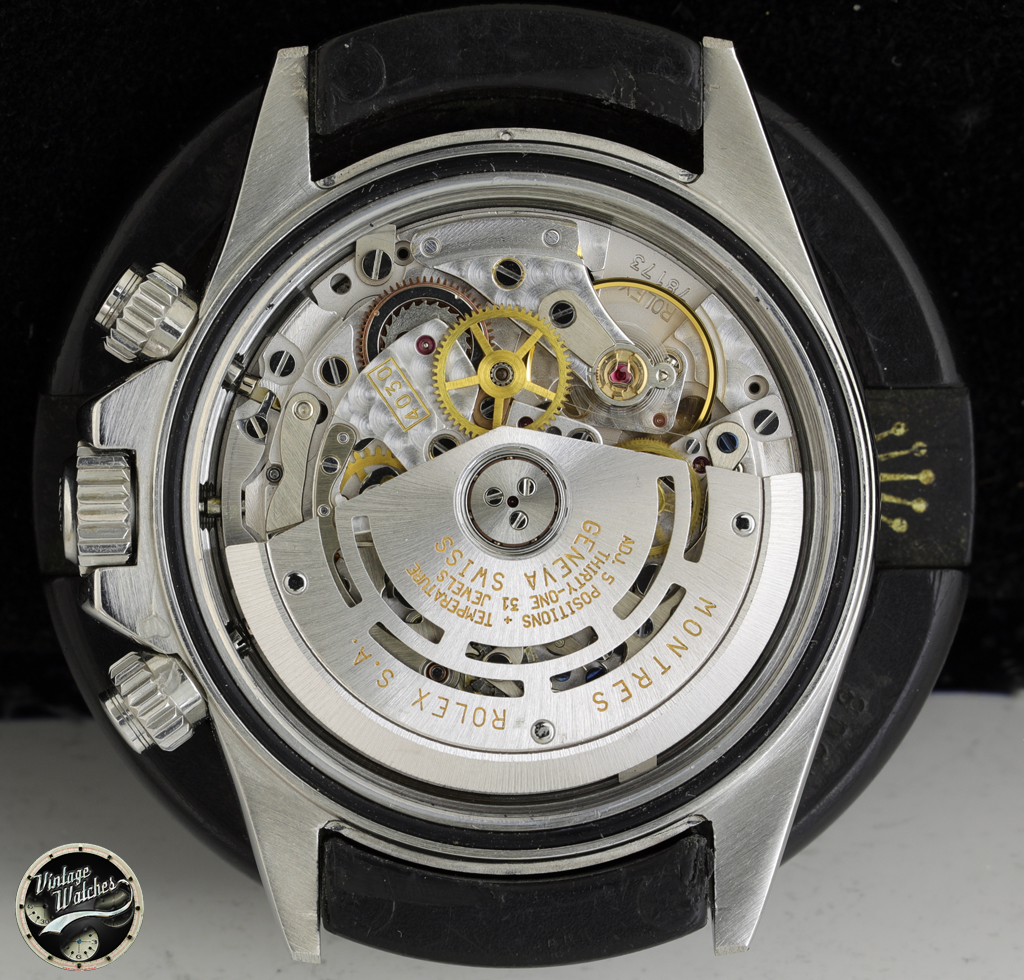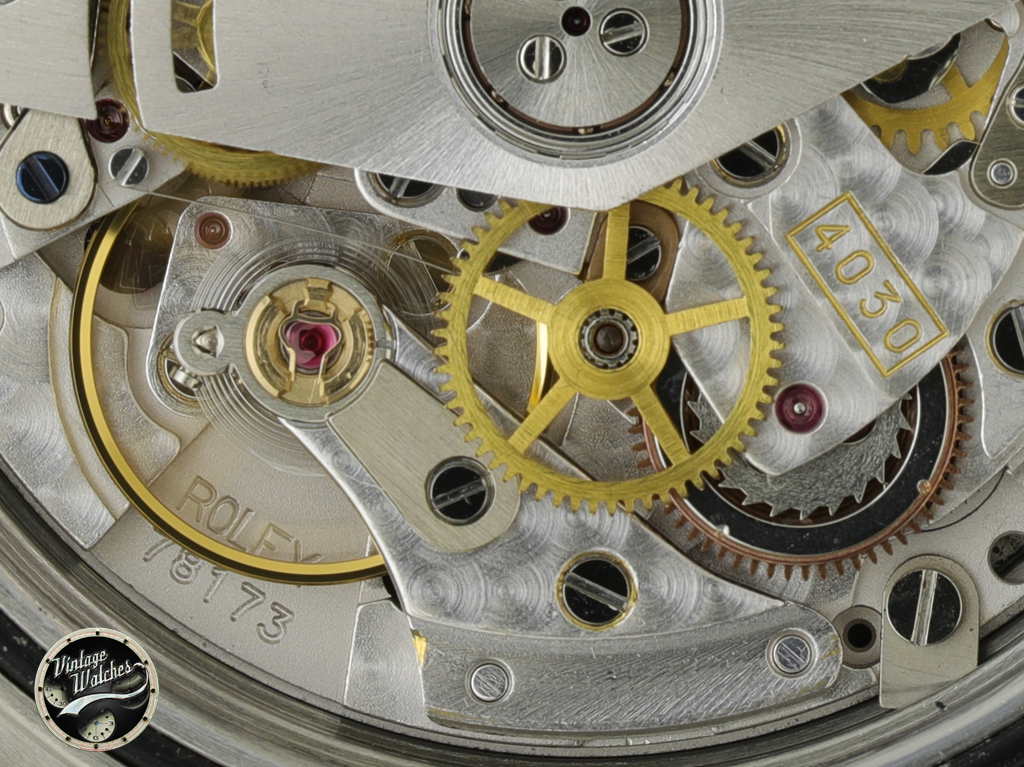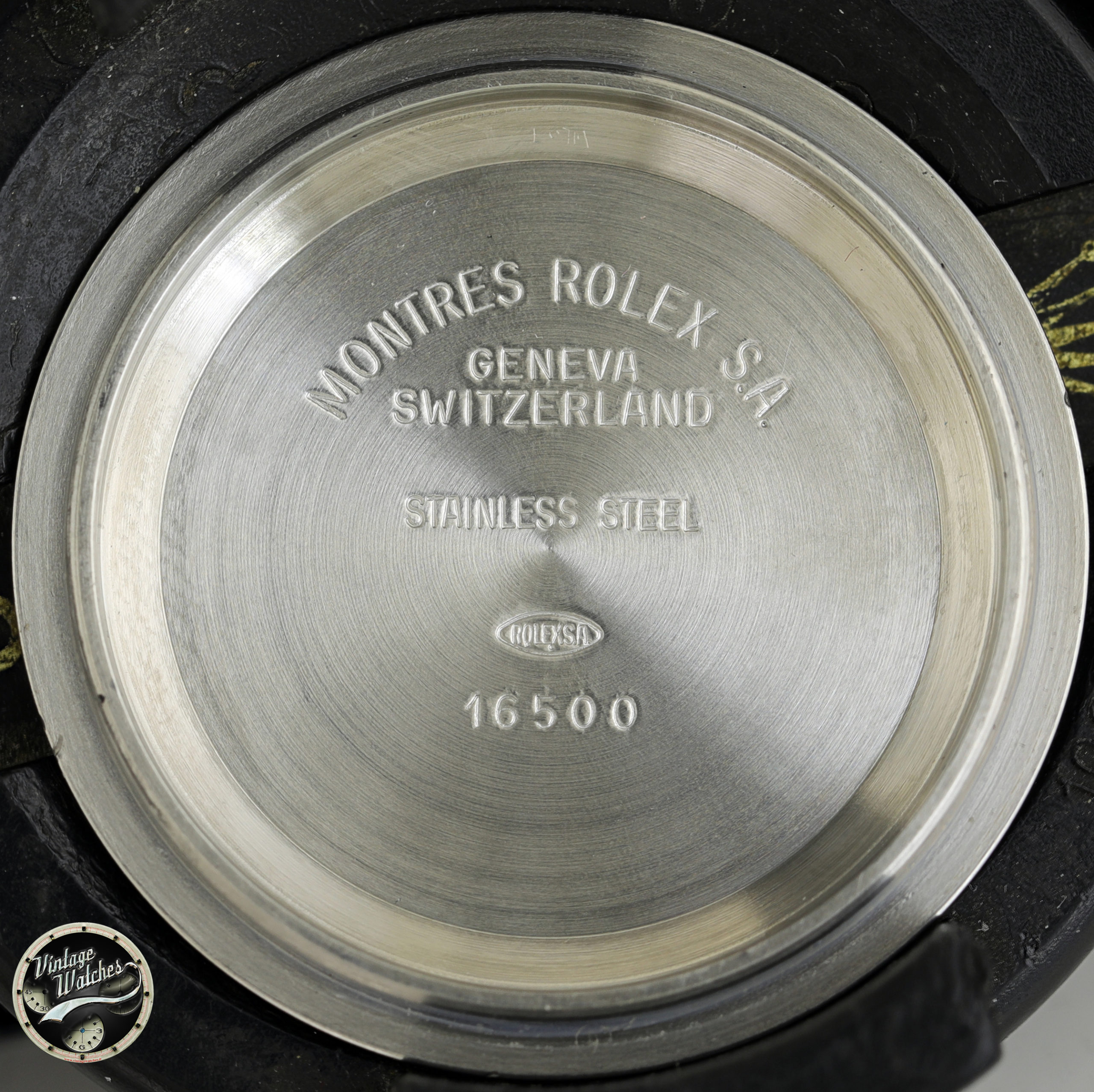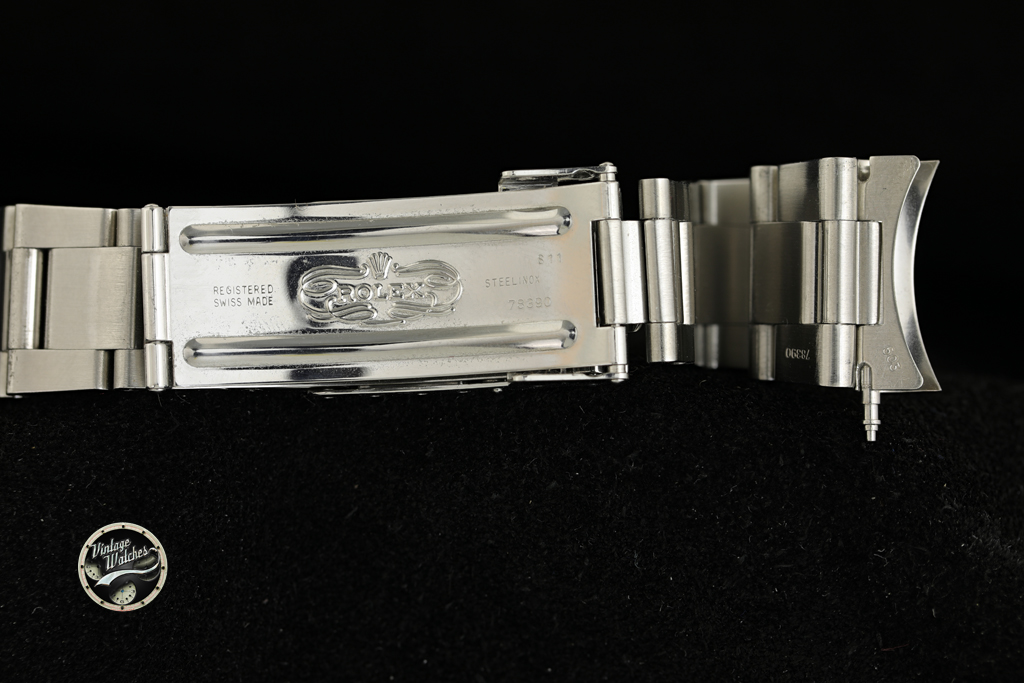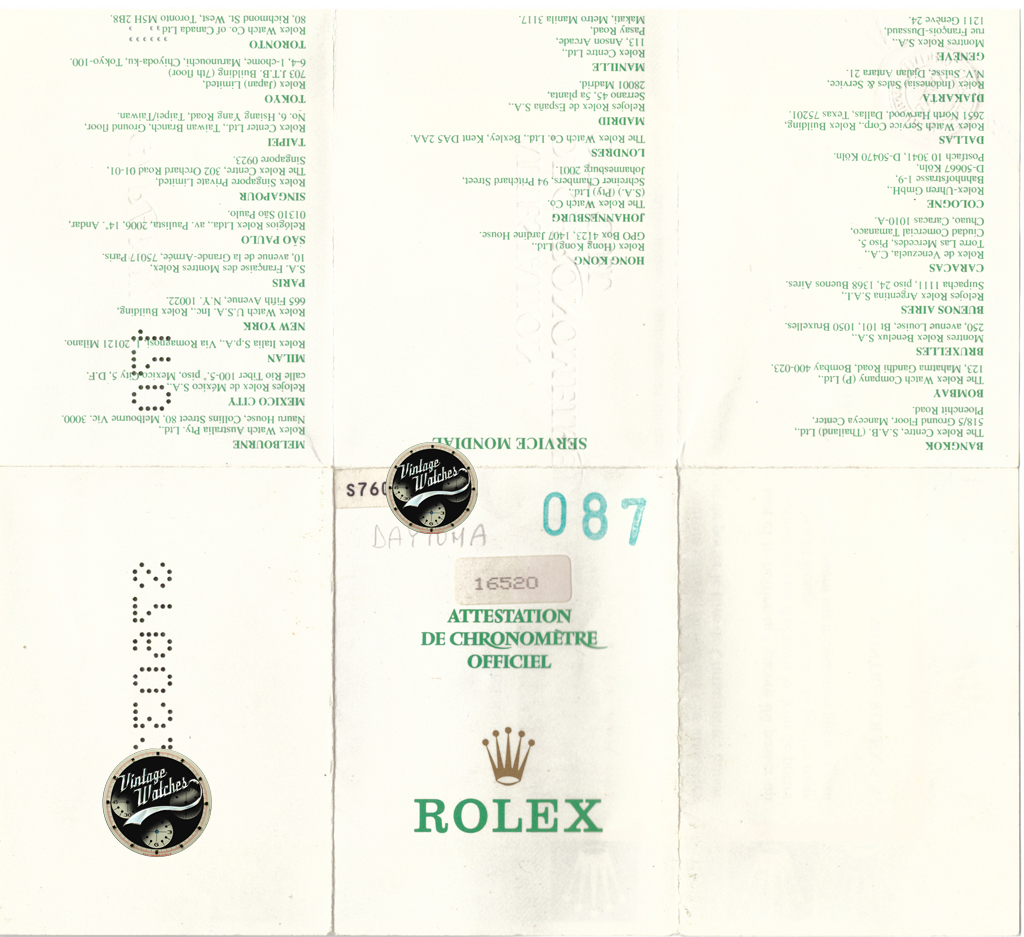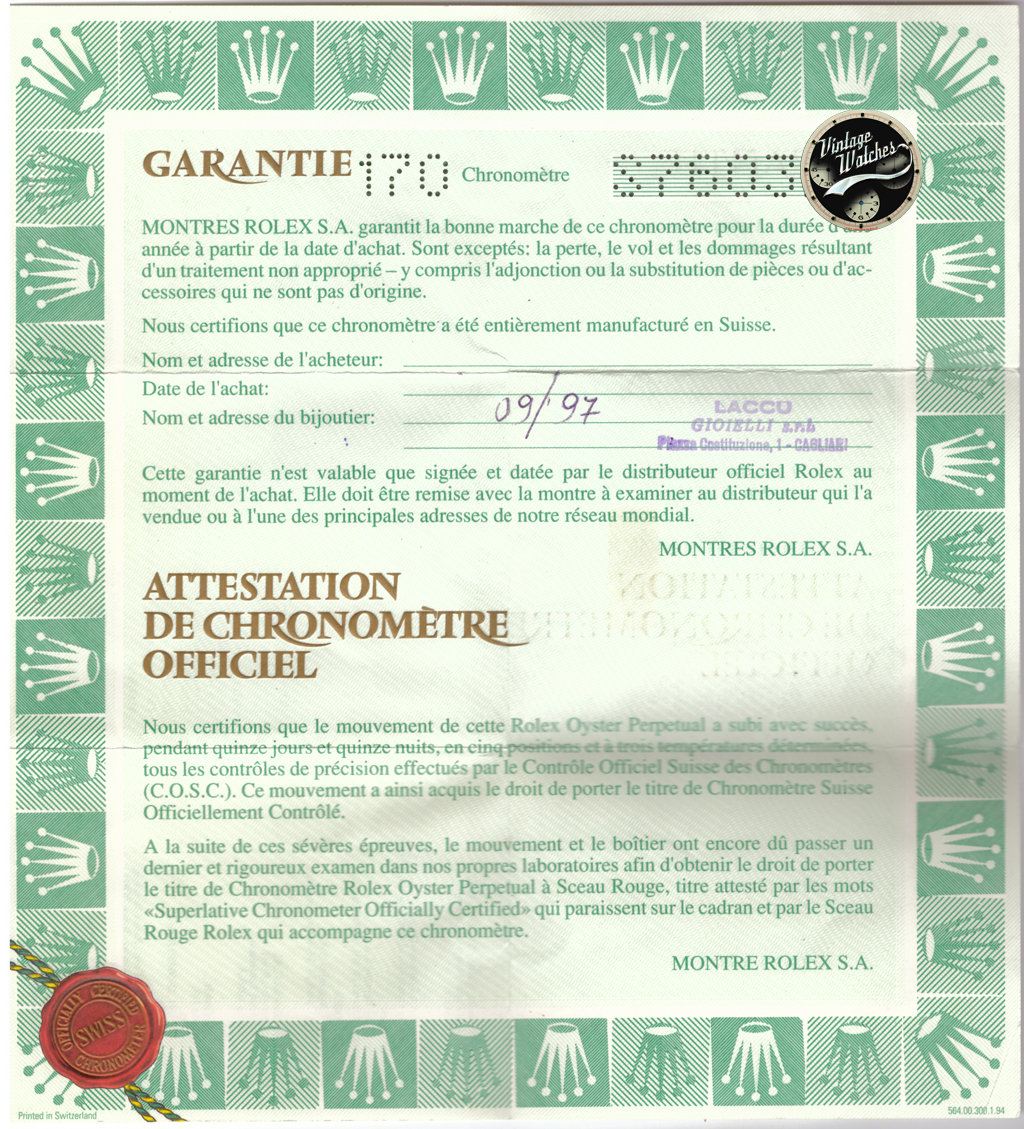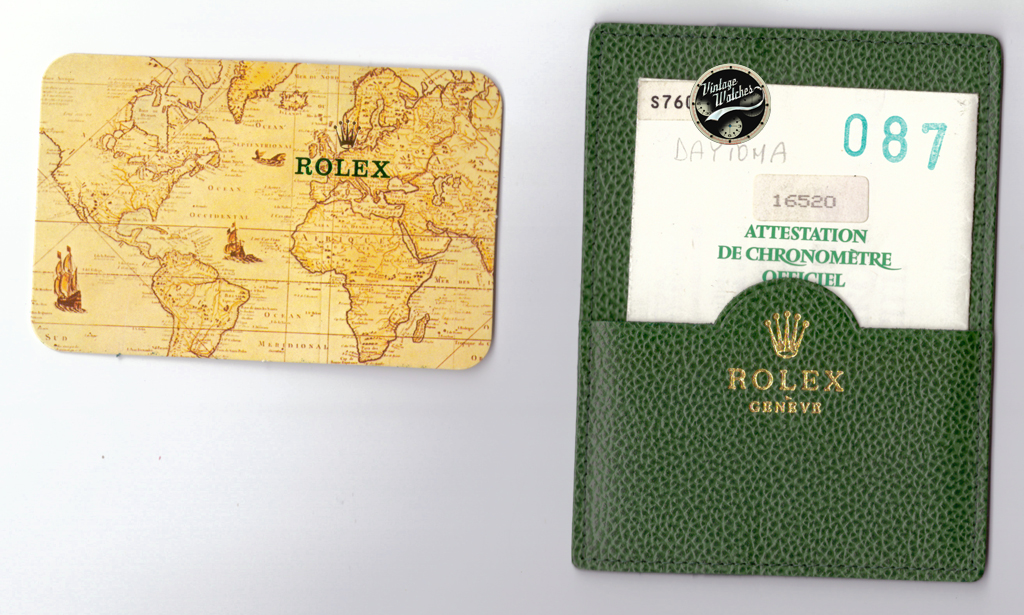| Livello di rarità - Rarity | |
|---|---|
| Marchio - Brand | |
| Modello - Model | |
| Referenza - Reference | |
| Seriale - Serial Numbers | |
| Anno - Year | |
| Documenti originali - Original Papers | |
| Stato dell'orologio - Availability |
- Rolex Daytona 16520 Patrizzi complete with box and warranty
Second wrist watch in excellent condition
Lifetime warranty on originality
Overhauled – One year warranty on function
Rolex Daytona ref. 16520 Patrizzi Dial Box and Papers
€ 70.000
Rolex Daytona ref. 16520 Patrizzi Dial Box and Papers
Serial S7603**, 1997
Case:
In steel in very good condition
Serial and reference are perfectly visible between the lugs
Dial:
original Rolex dial veered to brown nicknamed Patrizzi
6 reverse
in perfect condition
Caseback:
original Rolex 16520
in very good condition
Bracelet:
Oyster bracelet ref.78390/503
clasp S11
in very good condition
Accessories:
box, perforated Rolex warranty, calendar.
Price 70,000 €
How do you recognize the artifact dials and the original Daytona Zenith ref. 16520 compax brown dials called Patrizzi?
Generally, all black dial subdials of the reference 16520 over the years have tended to yellow, taking on different shades ranging from beige to dark brown.
This is due to the fact that the Maison Rolex has always used organic-type paints to manufacture its dials.
In fact, the silver used in the compaxes if not properly insulated by a transparent varnish called “Zappon” could oxidize.
Between 1995 and 1998, Daytona 16520 serial S, W, T and low U with black dials arrived directly from Rolex to dealers already oxidized and were subject to recall and replacement.
The veined dials can take on different shades of color, ranging from a light, more or less uniform Beige to dark brown. Each veining is unique and distinctive.
Why are these dials called Patrizzi dials?
Osvaldo Patrizzi was the first to detect the viraggio in a new watch, hence the term “Patrizzi dial.”
The unmistakable appeal and consequent sophistication and higher valuation of these types of dials unfortunately led to the appearance on the market of dials deliberately and forcibly turned brown.
At this point the question arises, is it possible to recognize natural dials from artifact dials?
It is possible with careful observation.
The silver edge of the counter should definitely not have yellowing as this is a sign of overheating and/or handling.
Our attention should also turn to the black background, which should always be shiny and without bubbles, also a sign of overheating and/or manipulation.
Request info
Contact Us
- E-mail: info@stefanomazzariol.it
- Stefano Mazzariol: +39 335 6681944

- Mobile (Office) – Virginia: +39 333 4427214

- Office: +39 0586 895028


